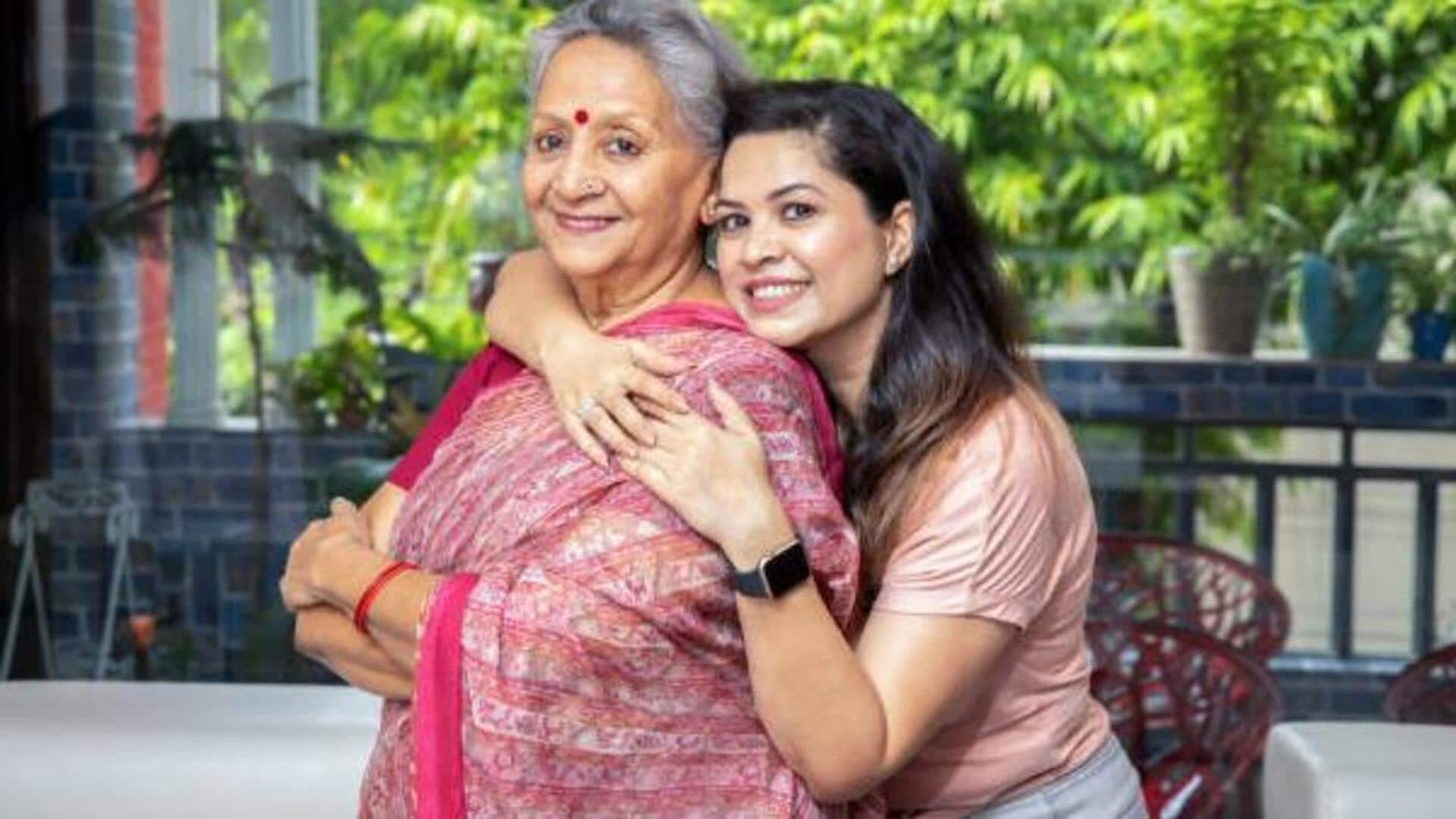
Crafting harmony in family portraits
What's the story
Family portraits are timeless treasures, capturing familial bonds across generations. They serve as snapshots of history, embodying family spirit and traditions. However, styling these photographs can be challenging, aiming to harmonize different tastes, ages, and personalities into a cohesive look. This article offers practical styling tips for creating intergenerational family portraits that celebrate both unity and individuality.
Color coordination
Choose a color scheme
Selecting a color palette is the first step toward creating visual harmony in your family portrait. Opt for colors that complement each other without matching exactly. Soft neutrals or pastel shades work well as they blend seamlessly and suit most skin tones. Encourage family members to choose outfits within this palette but allow for variations in shade and texture to maintain individuality.
Pattern balance
Mix patterns with care
While solid colors are safe, incorporating patterns can add depth and interest to your portrait. The key is balance; not everyone should wear patterns, as it may become visually overwhelming. If one person opts for a bold print, others might consider subtler designs or stick to solids that reflect one of the hues in the patterned garment. This approach ensures coherence without monotony.
Accessories layering
Layer and accessorize
Accessories and layers offer a perfect opportunity to inject personal flair into the portrait while adhering to the chosen theme. Items such as scarves, hats, belts, or jewelry can subtly introduce texture and color contrasts. However, it's crucial not to overdo it. Selecting one or two items per person that complement rather than compete with the overall look is key to achieving harmony.
Setting selection
Consider location and background
The setting significantly influences outfit choices in portraits. Whether indoors or outdoors, consider the location's colors and mood when planning attire. Lighter fabrics and softer colors are ideal for a beach setting, while vibrant hues and structured outfits better suit urban backdrops. By aligning attire with the environment, outfits and the setting complement each other, ensuring harmony without one overshadowing the other.